Plantar fasciitis, a prevalent foot condition characterized by heel pain, affects millions worldwide. One of the most effective strategies to alleviate its discomfort is selecting the right footwear. This article delves into top shoe recommendations for plantar fasciitis, ensuring both comfort and style.
Understanding Plantar Fasciitis
Plantar fasciitis involves inflammation of the plantar fascia, a thick tissue band connecting the heel bone to the toes. This inflammation often results from overuse, improper footwear, or biomechanical issues, leading to stabbing heel pain, especially during the first steps in the morning or after prolonged rest.
Key Features to Look for in Shoes
When selecting shoes to manage plantar fasciitis, consider the following features:
- Arch Support: Proper arch support distributes pressure evenly across the foot, reducing strain on the plantar fascia.
- Cushioning: Ample cushioning in the heel and forefoot absorbs shock and provides comfort.
- Heel Support: A firm heel counter stabilizes the foot and minimizes excessive motion.
- Flexibility: The shoe should allow natural foot movement without compromising support.
- Fit: Ensure adequate room for the toes and avoid any pinching or pressure points.
Top Shoe Recommendations with Tester Reviews
1. Brooks Adrenaline GTS 23
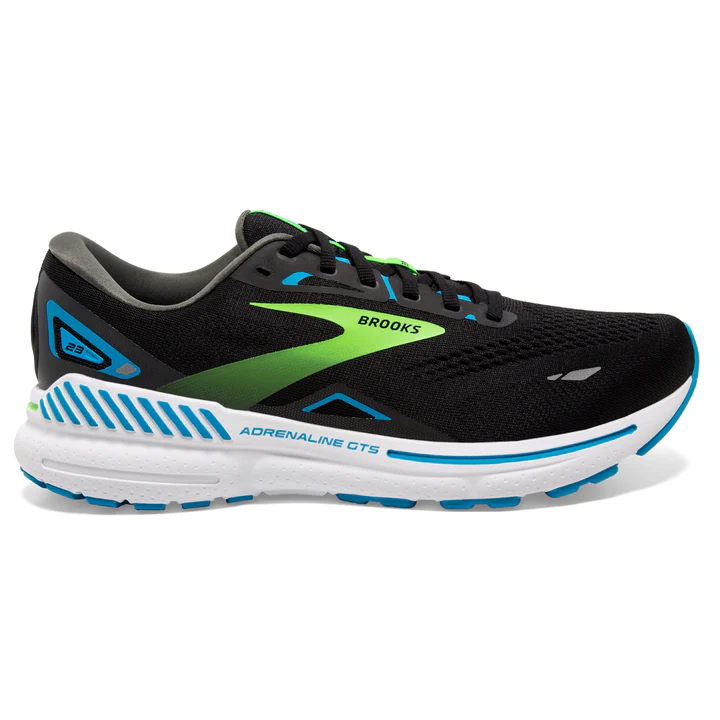
Why We Recommend It: Celebrated for its exceptional stability and cushioning, this shoe features the GuideRails® support system, which helps keep excessive motion in check, making it ideal for those who overpronate.
Tester Review: “I have been dealing with plantar fasciitis for years, and the Brooks Adrenaline GTS 23 has been a game-changer. The arch support and cushioning are exactly what my feet needed.” – Sarah M.
2. Asics Gel-Kayano 31
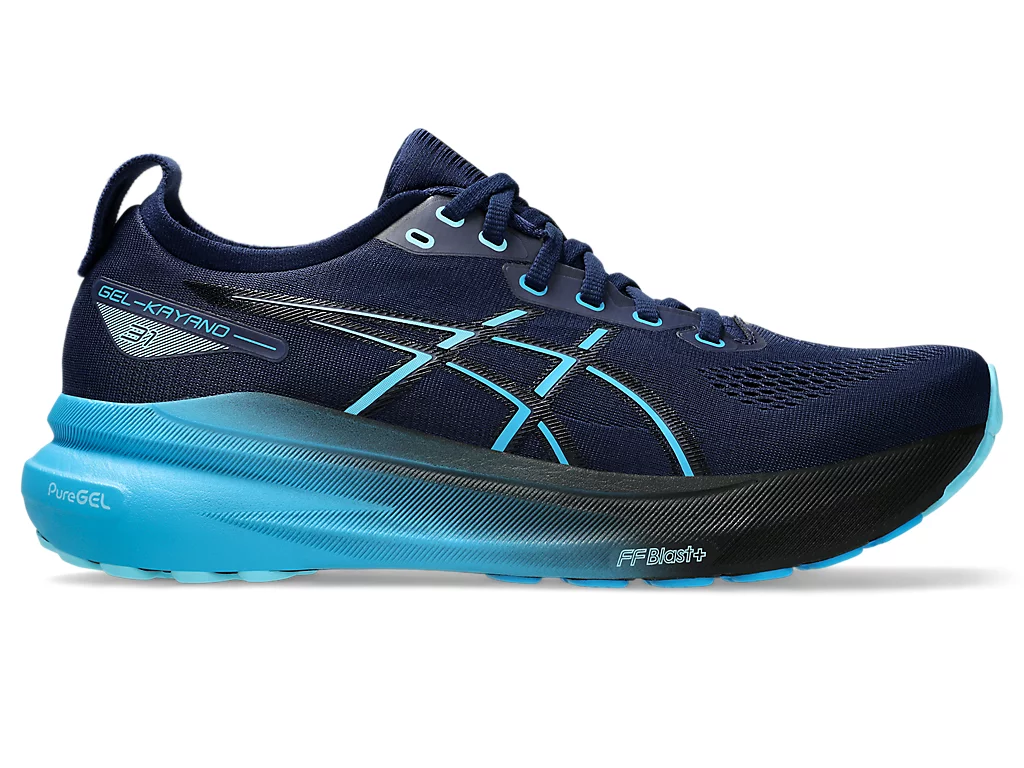
Why We Recommend It: Known for its comfort and stability, this shoe features GEL® technology cushioning in the heel and forefoot, providing excellent shock absorption. Its Dynamic DuoMax® support system enhances stability, making it suitable for those with flat feet or low arches.
Tester Review: “The Asics Gel-Kayano 31 is incredibly comfortable for long walks and daily use. I felt immediate relief from my heel pain.” – James P.
3. New Balance 990v5
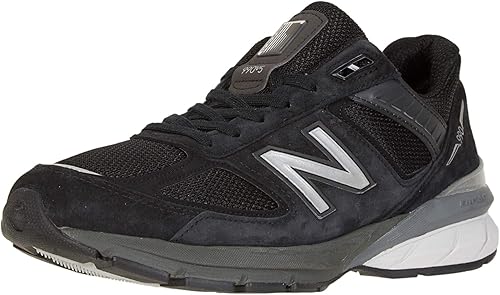
Why We Recommend It: Offering a blend of cushioning and support, this shoe features a supportive midsole with ENCAP® technology, providing durability and stability. Its breathable mesh upper and cushioned collar add to overall comfort, making it great for everyday wear.
Tester Review: “This shoe provides the perfect balance of support and comfort. I can stand for hours without any discomfort!” – Emily R.
4. Hoka Bondi 9
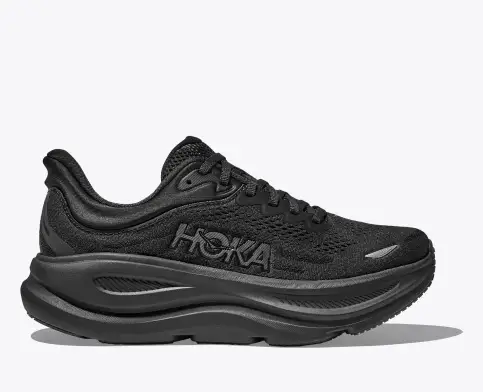
Why We Recommend It: Known for its maximal cushioning, this shoe is ideal for those needing extra shock absorption. The EVA midsole provides a plush feel, while the meta-rocker technology promotes a smooth gait cycle. Its wide base offers excellent stability, reducing strain on the plantar fascia.
Tester Review: “I love how soft and cushioned these shoes are. It feels like I’m walking on clouds, and my foot pain has significantly decreased.” – Mark D.
5. Saucony Omni Walker
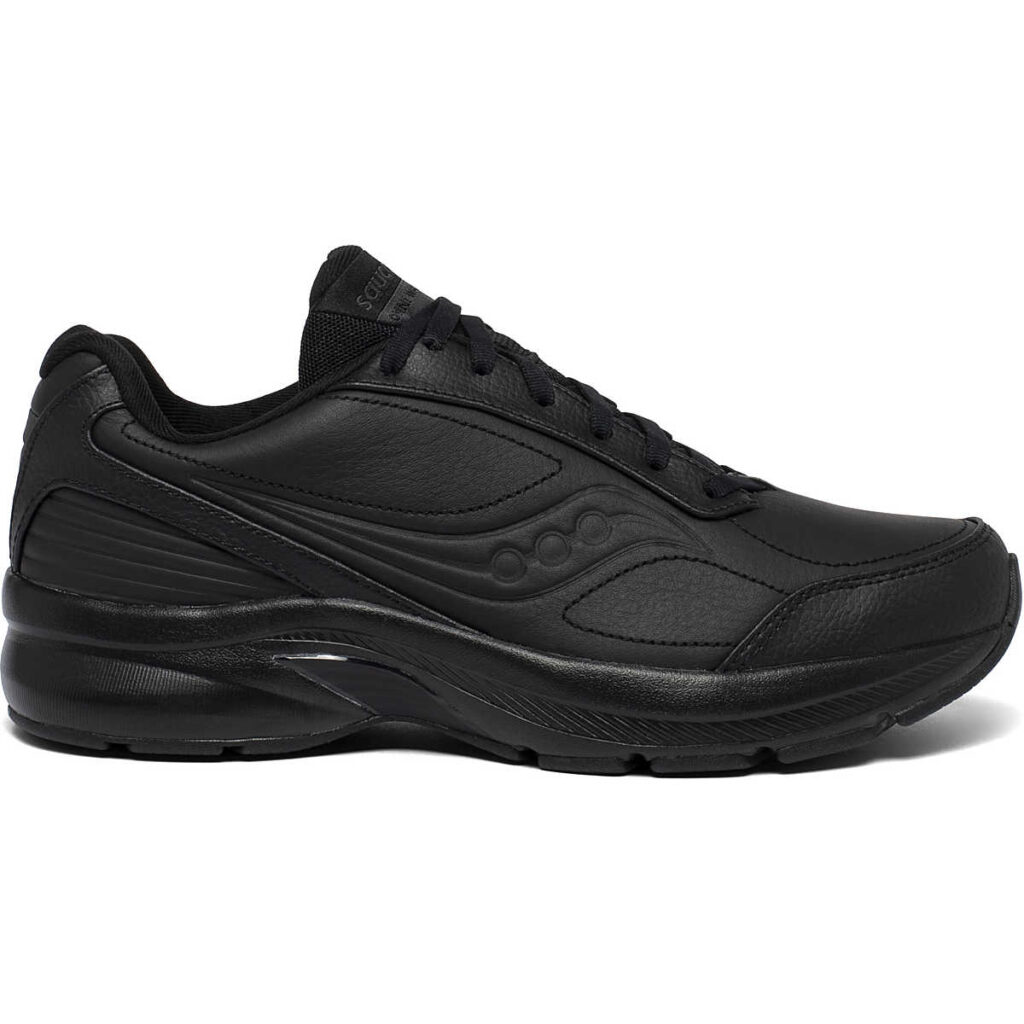
Why We Recommend It: A top pick for walking, this shoe features a supportive leather upper, a cushioned midsole, and a durable rubber outsole. The WALKTRAC® technology enhances the walking experience, providing a smooth transition from heel to toe.
Tester Review: “Great for long walks! The support in these shoes has helped ease my plantar fasciitis pain tremendously.” – Laura K.
Additional Tips for Managing Plantar Fasciitis
While wearing the right shoes is crucial, consider these additional steps:
- Stretching Exercises: Regularly stretch the calf muscles and plantar fascia to alleviate tension and reduce pain.
- Orthotic Inserts: Custom or over-the-counter orthotic inserts can provide additional arch support and cushioning.
- Ice Therapy: Applying ice to the affected area can help reduce inflammation and pain.
- Weight Management: Maintaining a healthy weight reduces pressure on the feet and alleviates symptoms.
- Avoiding High Heels and Flat Shoes: Opt for supportive footwear instead of high heels and flat shoes without support.
Final Verdict
Selecting the right shoes is a pivotal step in managing plantar fasciitis. The options mentioned above provide the necessary support and cushioning to alleviate discomfort. Remember to consider your specific needs and foot type when choosing the best shoe. Incorporating stretching exercises, using orthotic inserts, and managing your weight can further help manage and alleviate the symptoms of plantar fasciitis. Consult with a podiatrist for personalized recommendations and ensure you’re taking the right steps toward relief and recovery.


